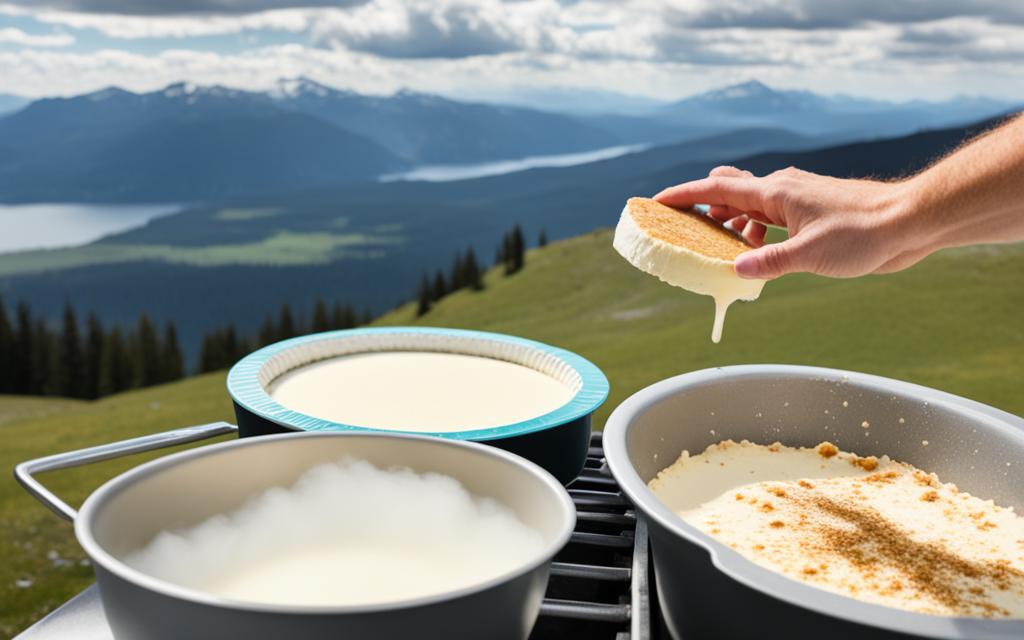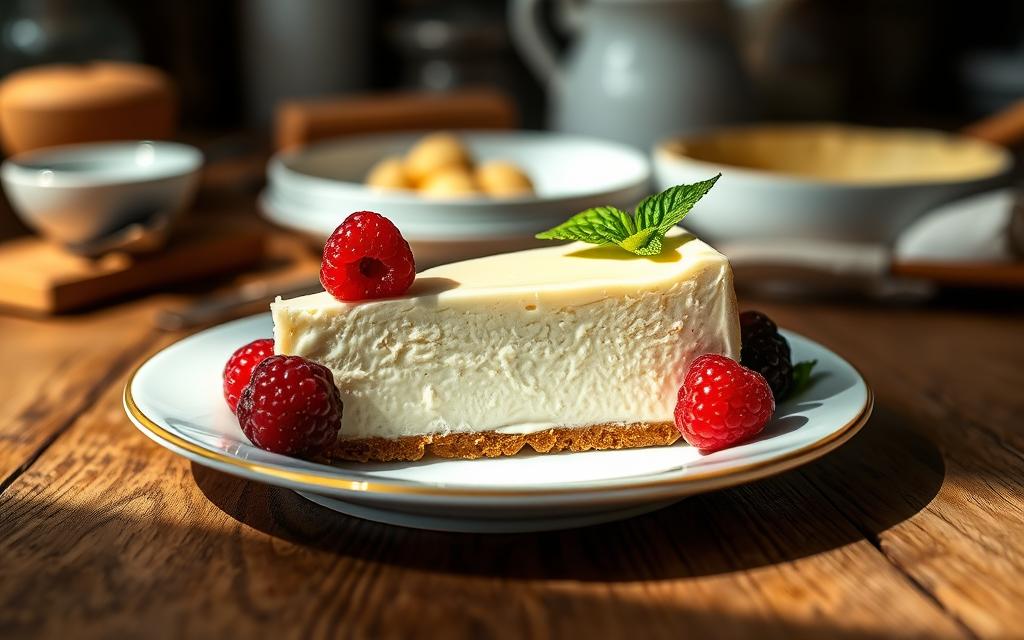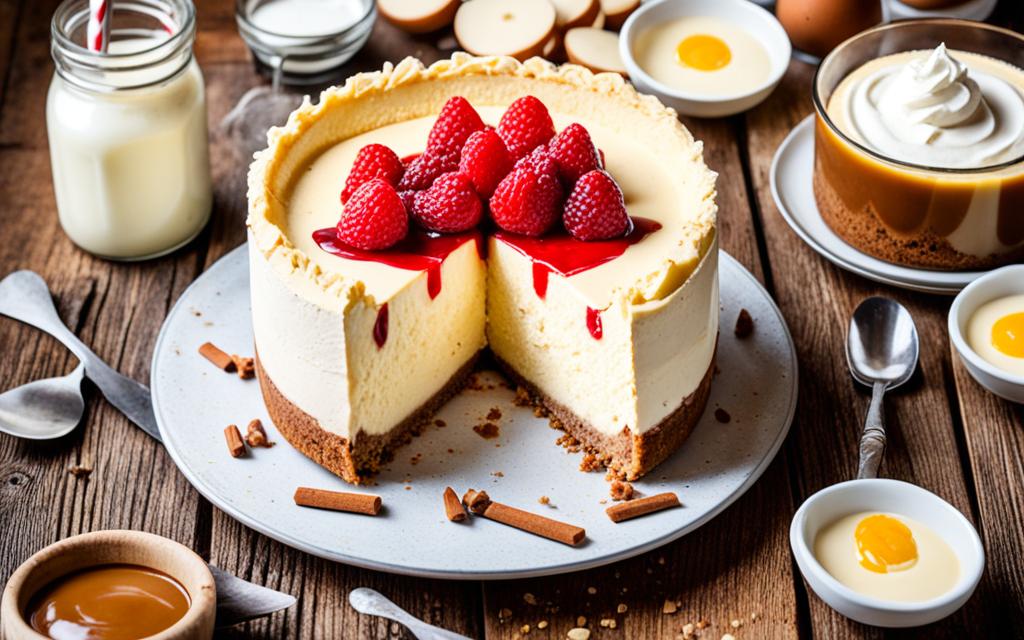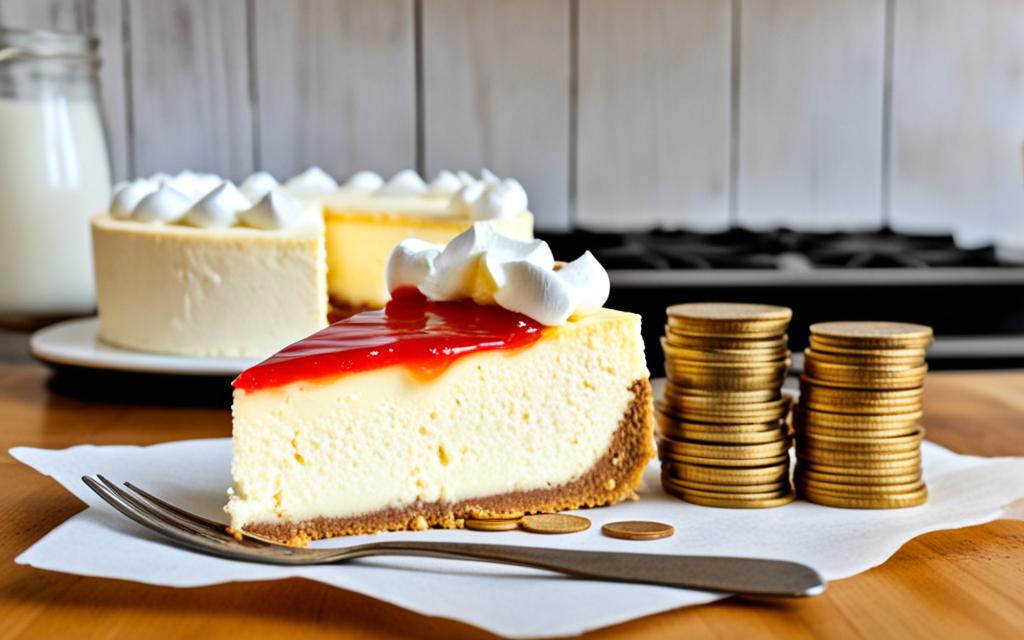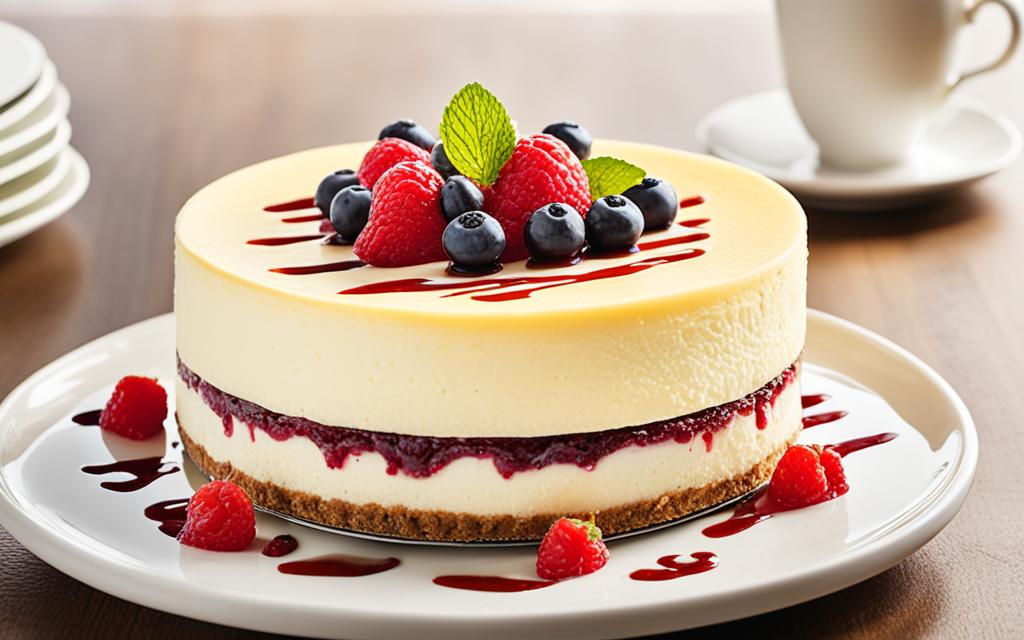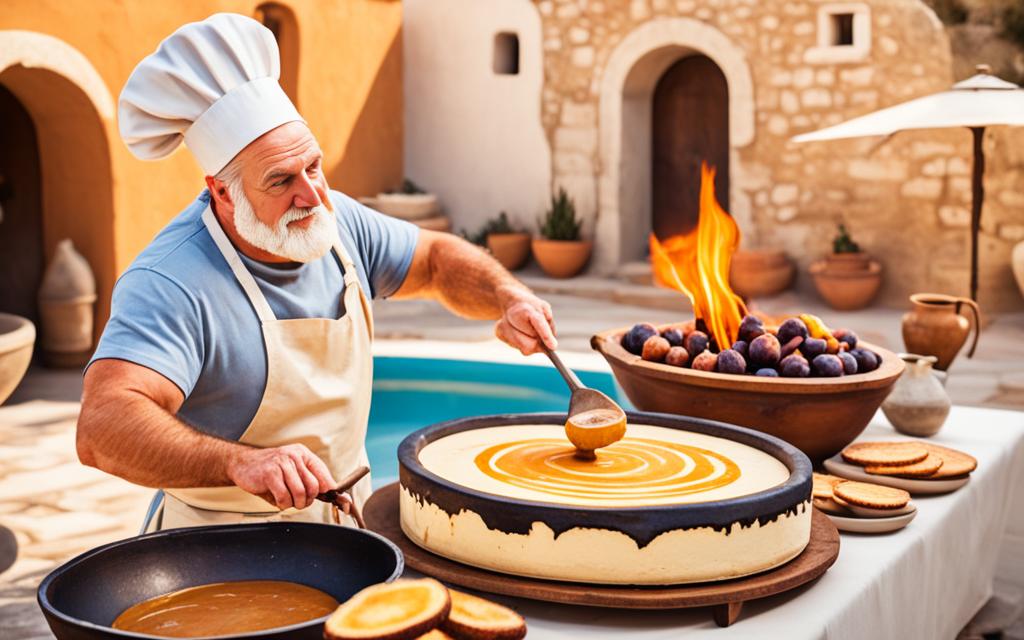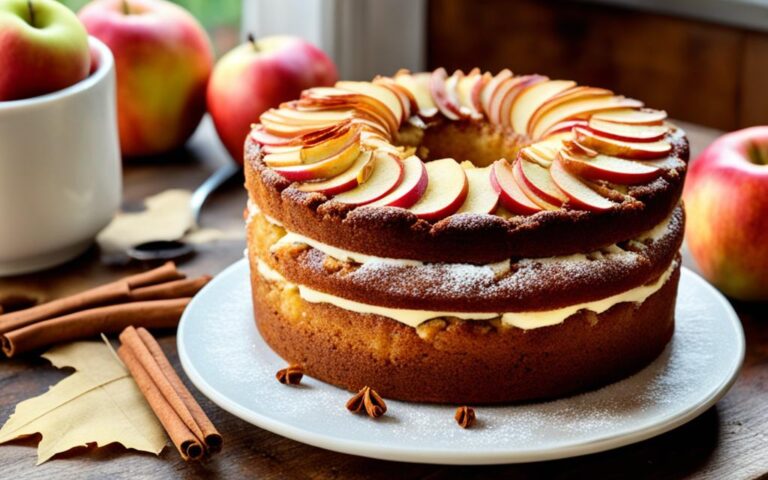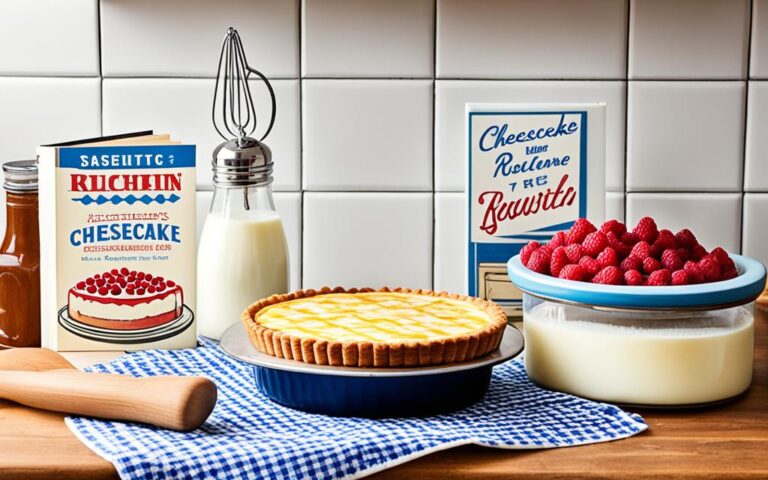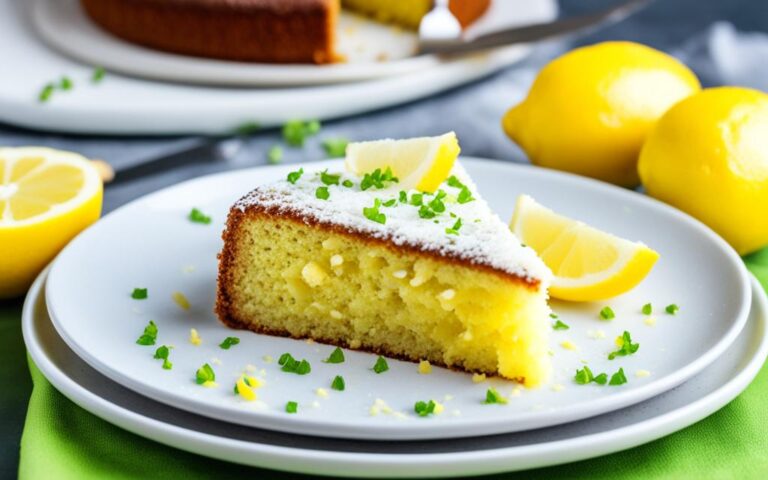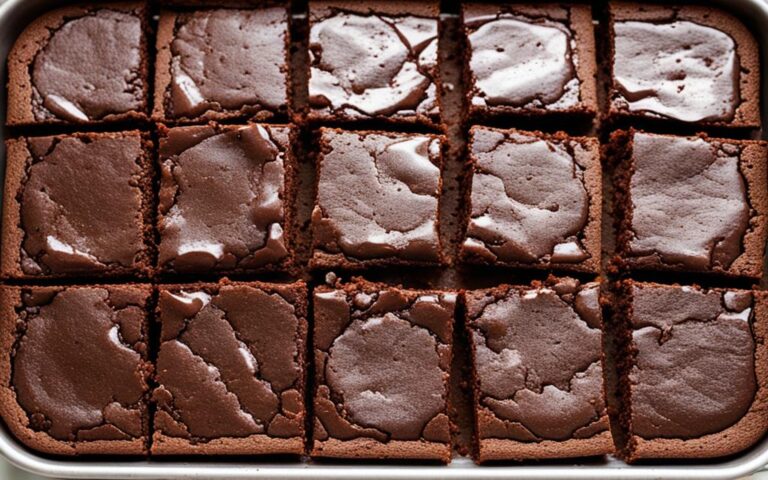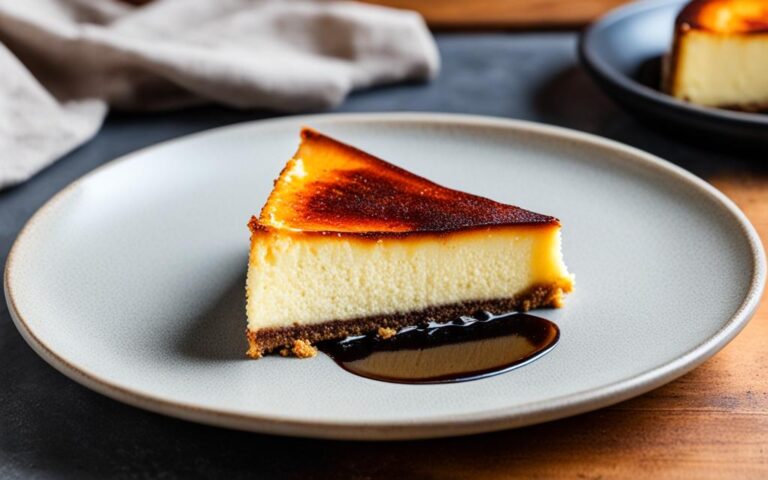Baking at New Heights: Tips for Making Cheesecake at High Altitude
Baking at high altitudes brings its own set of challenges, especially with cakes like cheesecake. The air is thinner, affecting how your cheesecake turns out. But don’t worry, with some changes and expert advice, you can make a cheesecake that’s perfect, even at high altitudes.
If you love baking or are just getting started, these tips will help. You’ll learn how to adjust ingredients and watch for key signs while baking. Let’s explore how to tackle high altitude baking together.
Adjustments for Cakes, Quick Breads, and Muffins
Baking at high altitudes needs special tweaks for the best results. The air pressure is lower up there. This can change how your treats turn out. But, making some easy changes can keep your cakes, quick breads, and muffins light and airy.
Here are some adjustments to consider:
- Decrease leavening agents: At high altitudes, leavening agents like baking powder and baking soda work differently. Because of this, lower them by about 20%-25%. This keeps your baked goods from collapsing.
- Decrease sugar: Sugar helps hold moisture in your goodies. But, too much sugar can make them dense and sticky. Cut back sugar by 1-2 tablespoons for each cup to fix this issue.
- Increase liquid: High altitude dries out your baked goods faster. To fight that, add more liquid. For every cup of liquid in your recipe, throw in an extra 2-4 tablespoons. This keeps your treats moist and tasty.
- Adjust baking time and temperature: Baking times and temperatures might need a tweak at high altitudes. Bump up the temperature by 15-25 degrees. Cut back on baking time a bit. This ensures your baked goods are properly cooked and not too dry.
At high altitudes, baking takes some getting used to. It might not be perfect the first time. But, keep trying, and you’ll find what works for you. With a little practice, you can bake up a storm, no matter how high up you are.
Adjustments for Cookies
Cookies are a dreamy snack that shines at any height. Unlike cakes and bread, they cope better with altitude. But with a little tweak, high altitude cookies can be even better.
1. Adjust the Leavening Agents
When baking at high altitudes, rising agents work stronger due to the lower air pressure. To keep your cookies from spreading too much, use less baking powder and soda. A good start is to reduce by 1/4 teaspoon for every teaspoon the recipe says. Fine-tune until you get the texture you want.
2. Increase the Flour
At high altitudes, it’s often wise to add more flour to your dough. This makes the cookies hold shape better and turn out a little denser. Try mixing in 1 to 2 extra tablespoons of flour per cup in the recipe.
3. Reduce the Sugar
High altitudes make cookies spread more thanks to the air pressure. You can tame this by cutting the sugar down a bit, about 1 to 2 tablespoons less per cup. Your cookies will have a nice, chewy bite with this adjustment.
4. Increase the Baking Temperature
For cookies at high altitude, a slightly higher oven heat is beneficial. This will set the cookies quicker, reducing spread. Bump the temperature up by 25°F. Watch them while baking to keep them from burning.
Tip: Try a small batch first to fine-tune these adjustments. Keep notes for the next time you bake.
5. Use Parchment Paper
Parchment paper is great for baking sheets everywhere, but it’s a must at high altitudes. It keeps cookies from sticking and makes cleanup easy.
With these tips, baking cookies high up can be just as delightful. Start with your usual recipe and make these small adjustments for the best cookies. Enjoy your high altitude treats!
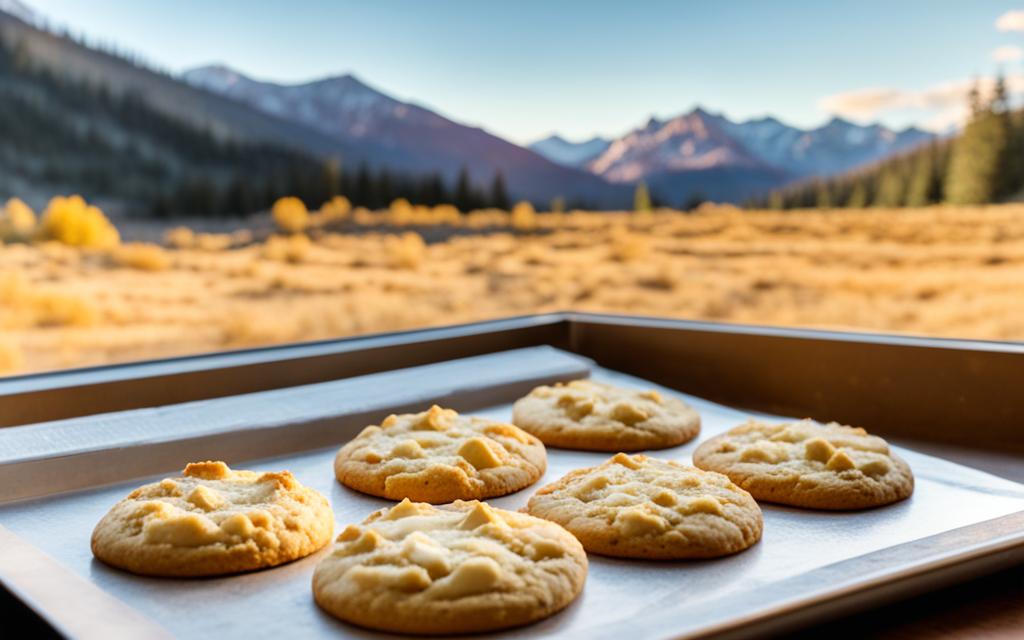
Conclusion
Baking at high altitude can be tricky, but with some advice, you can make an amazing cheesecake. Start with the original recipe. Then, tweak the amounts of flour, leavening agents, sugar, and liquid. This is to match the adjustments to the lower air pressure.
When baking high up, watch how your cheesecake looks and feels. This is more important than just following the baking times. High altitude baking needs you to be careful and ready to spot when it’s done.
Use these tips to make your high altitude cheesecake shine. Overcoming hurdles is part of the fun. Soon, you’ll get the hang of it and enjoy treats that are both tasty and beautiful.
FAQ
What makes baking at high altitudes challenging?
Baking at high altitudes gets tricky because the air pressure is lower. This affects how ingredients work in the oven.
What adjustments should I make when baking cakes, quick breads, and muffins at high altitude?
When you bake cakes, quick breads, and muffins up high, here’s what to change:
- Use less leavening agents like baking powder and baking soda to avoid too much rise.
- Cut down on sugar to keep them from getting too brown.
- More liquid is needed because it evaporates quicker up high.
- Adding extra flour helps give your bakes structure and keeps them from rising too much.
Do I need to make adjustments when baking cookies at high altitude?
Cookies are affected less by high altitudes, but tweaks can still help:
- Adding a bit more flour will help your cookies keep their shape.
- Less sugar stops them from spreading too thin.
- Chilling the dough before baking can also help keep them in shape.
How can I achieve the perfect high altitude cheesecake?
Getting the perfect cheesecake at high altitude may need some experimenting. Here’s how you can get there:
- Start with the regular recipe. Then, tweak things like flour, leavening agents, and sugar as needed.
- Look for how it looks, not just how long it bakes, since times can differ at high altitudes.
- With some patience and practice, baking at high altitudes will become easier. You’ll make cheesecakes that everyone loves.

